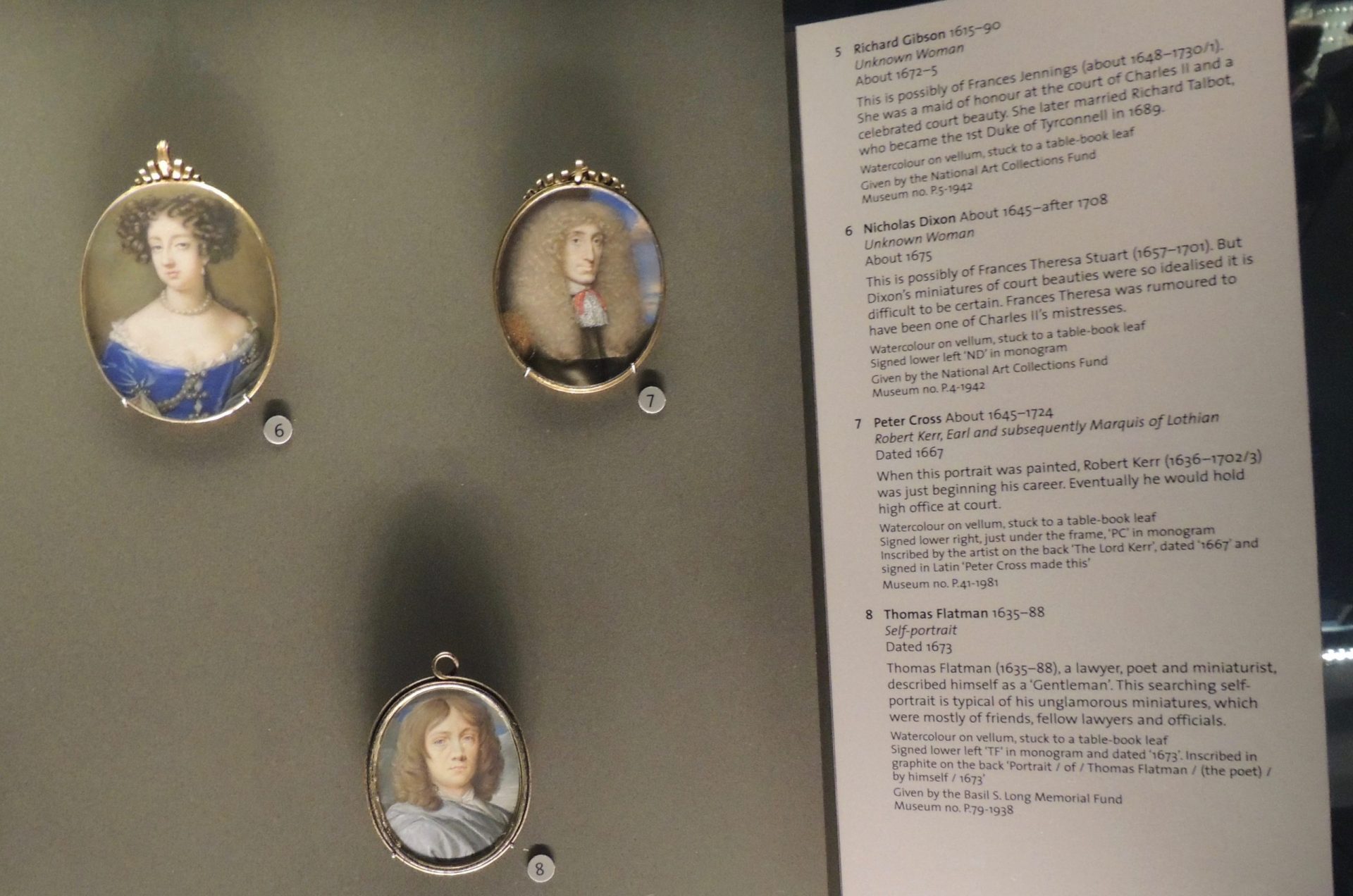Now that you have decided on a collection and explored it, choose 10-12 items from that collection that interest you the most or that you feel will help you tell a cohesive story and that will spark both visual and intellectual interest.
If you don’t have enough variety of types of objects, you may want to expand your archive search to include either the Loeb Portrait Database, the David Rumsey Historical Map Collection, the Jewish Atlantic World Database, the Digital Collections at the Library Congress, or the Chronicling America Historic Newspapers Collection at the Library of Congress. Likewise if you didn’t start your collection at AJHS, make sure you check there as well.
Create a google drive folder (or folder on your desktop) where you will keep the objects for your exhibit. Download as copy of each of items you plan to use in your exhibit, along with the finding aid for the collection.
Now make a list of all the items you plan to use in your exhibit using the worksheet below. In the final column, note whether you need to be concerned about permissions. If you are planning on submitting your exhibit as a class project rather than posting the exhibit on the web, your use of the items may most likely fall under fair use or educational use even if they are copyright protected. The best possible scenario, however, is if they are in the public domain (PD on the sheet).

